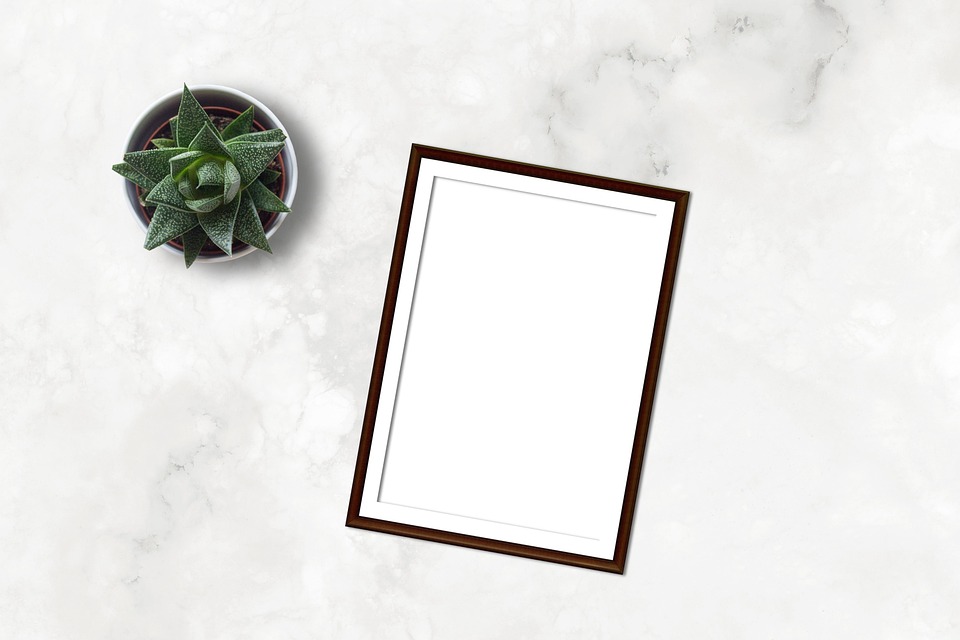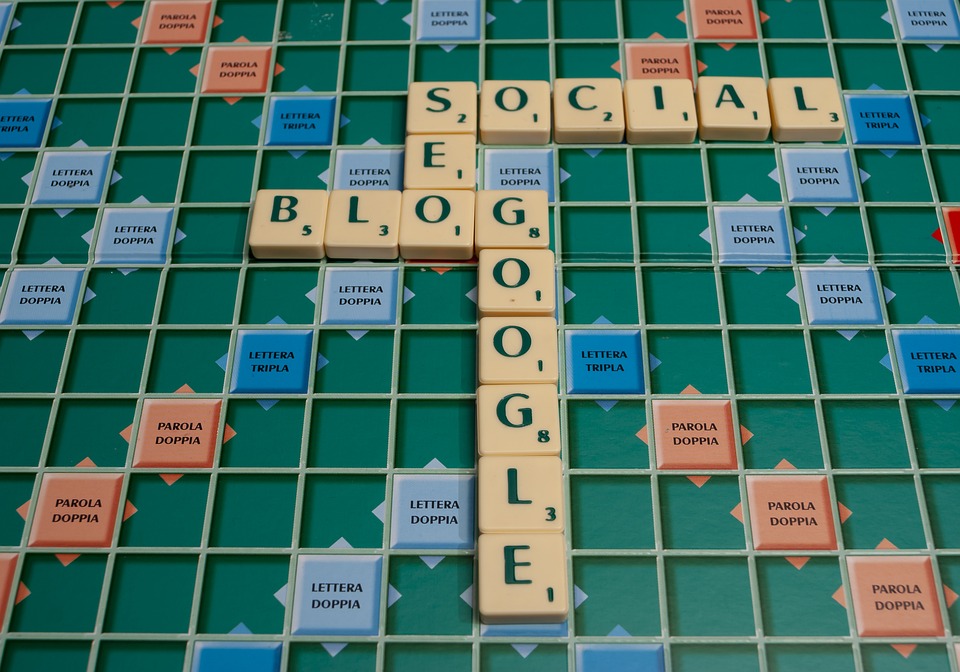In today’s digital age, user experience (UX) and user interface (UI) design have become an integral part of designing any digital product or service. UX design focuses on the user’s experience with the product or service and how they interact with it, while UI design deals with the aesthetic and functional design of the product interface. These two design disciplines may seem interchangeable, but they are quite different and understanding these differences is crucial for organizations seeking to provide optimal digital experiences.
What is UX Design?
UX design refers to the process of building user-centric digital products or services to create an enjoyable and easy to use interface for the end user. The goal of UX design is to create a positive user experience that meets or exceeds user needs and expectations. It involves conducting research to understand the users’ needs, interests, and the context in which they will be using the product or service. UX designers test and refine their designs to match user needs and ensure that the digital product or service is accessible, easy to use, and enjoyable.
What is UI Design?
UI design is concerned with how a product’s interface looks and feels. It is the process of designing the graphical user interface with the user’s interaction in mind. A UI designer might create visual design elements such as buttons, screens, and menus, which make up the look and feel of the product or service. The UI designer’s job is to ensure that there is consistency, and the design elements are easy to navigate and accessible to the user.
Key Differences between UI and UX Design
1. Focus
UX design focuses on the user’s experience with the product, while UI design involves the look and feel of the product. UX design takes a holistic approach in creating an enjoyable user experience, while UI design seeks to create a visually appealing interface.
2. User Research
UX designers conduct user research to ascertain the user’s interests, understand their context and build a design that meets their needs. In contrast, UI designers leverage their design skills to provide a visually appealing interface, thus garnering the user’s attention.
3. Deliverable
UX designers’ deliverables include wireframes, user research, prototypes, and user journeys, among others. UI designers deliver visual design assets such as mockups, icons, and color schemes, among others.
4. Functionality vs. aesthetics
UI designs focus primarily on an aesthetically pleasing design that helps the user navigate through the app visually. It aims to create a visual appeal that makes the user want to explore more. In contrast, UX design strives to build functional designs that meet the user’s needs and provide an enjoyable and seamless user experience.
Why Do Differences between UX and UI Matter?
Understanding the differences between UX and UI designs is crucial as they affect user interaction with the product. Companies that prioritize UX design create a loyal user base, reduce costs involved with fixing pre-established design issues, and increase user satisfaction. Users value the positive experience they derive from UX designs, and organizations can leverage this experience when conducting user retention and experience campaigns. On the other hand, organizations that prioritize UI designs run the risk of creating a visually appealing product that offers little to no value to the user.
In conclusion, both UX and UI designs are critical design elements that contribute to creating a successful digital product or service. Both disciplines should work together to provide a seamless user experience. By understanding the differences between UX and UI, organizations can leverage both approaches to create useful and engaging products while meeting user needs and expectations.





